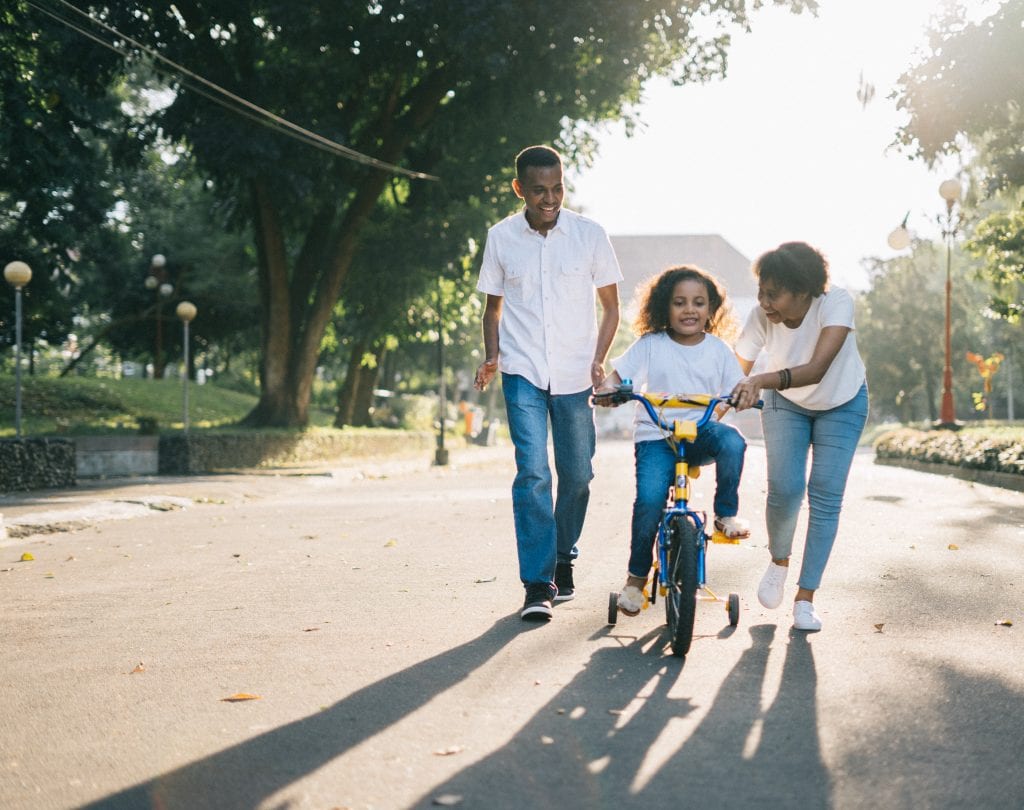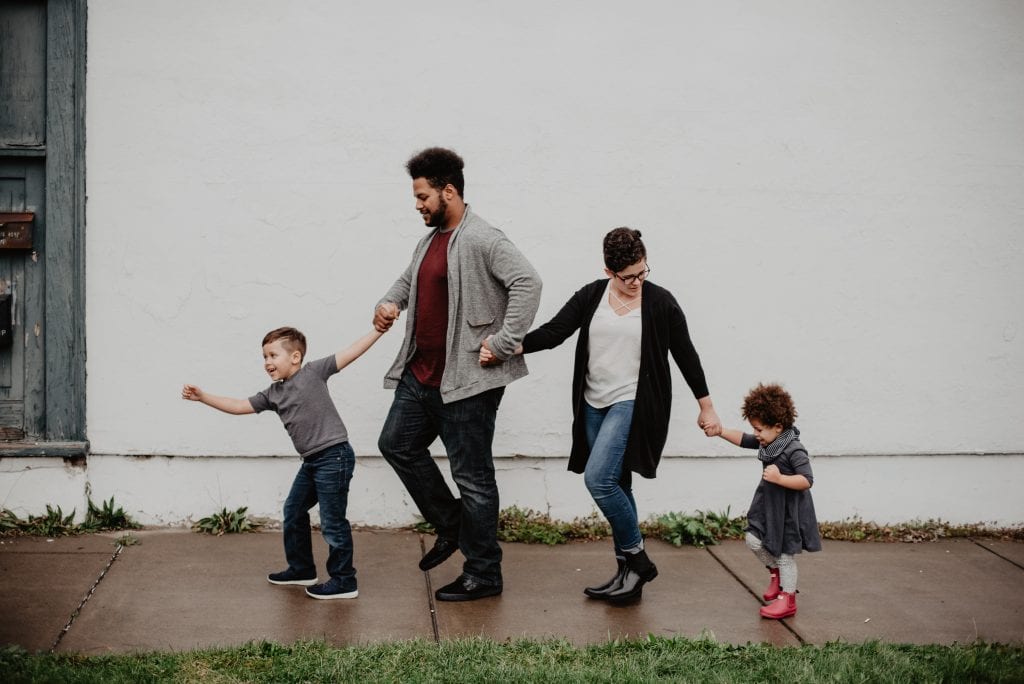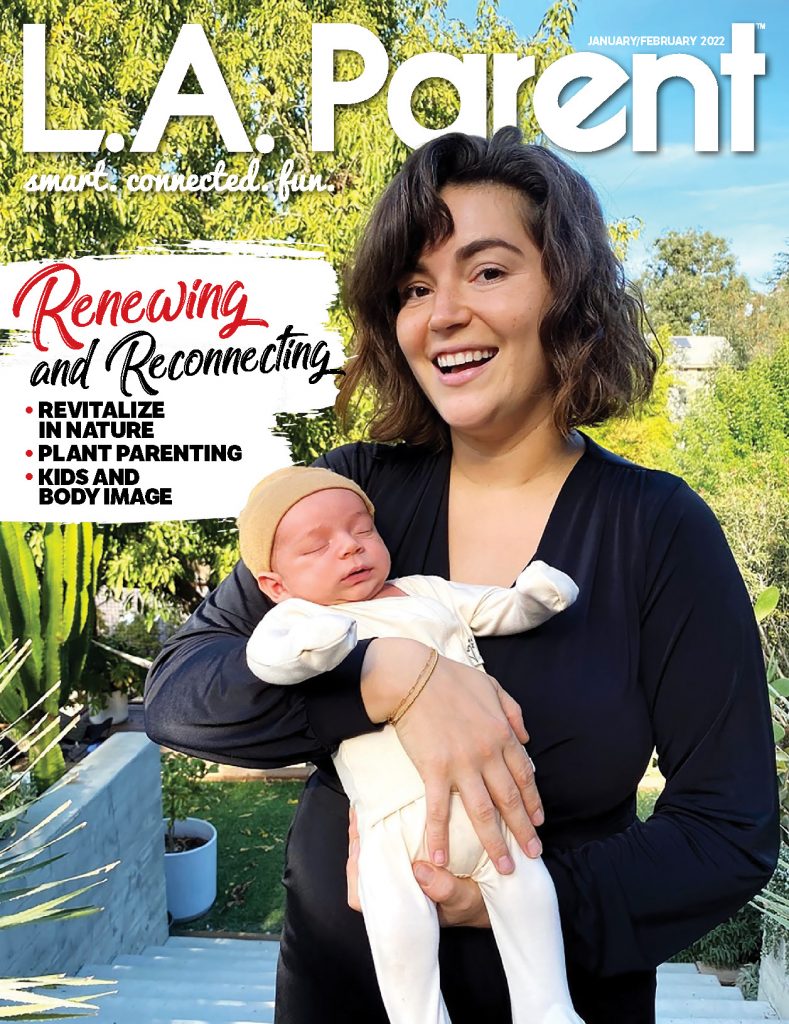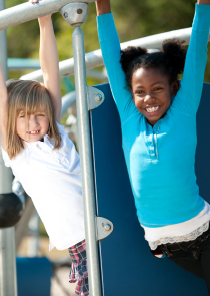
Are you sitting down? If you’re reading this during the COVID-19 pandemic, you probably are. And so are your kids. U.S. families have long struggled against the habit of too much “chair time,” and stay-at-home orders during 2020 haven’t helped matters.
The University of Southern California conducted one of the first data-based studies of kids’ physical activity during the pandemic. Researchers questioned parents of children ages 5-13 during April and May, and more than half reported that their children exercised somewhat or much less than they had before quarantine. The decline in physical activity seemed to be slightly higher among older kids.
Pediatrician Sarah Salamon, M.D., of Huntington Health Physicians in Pasadena, says the decline in family exercise isn’t due to school closures alone. “Kids have been much less active for a variety of reasons,” she says. “When COVID hit, stay-at-home orders were put in place, and people did just that – they stayed in their homes. Kids were no longer in school and didn’t have recess to run and play. Playgrounds and parks were closed. Recreational sports were put on hold. Playdates ceased. Families primarily stayed indoors, trying to protect themselves from getting sick, but in the process became more sedentary overall.”
Salamon says that these sedentary habits have stuck, and that it could be difficult to motivate children to get moving again once the pandemic is over. “It was a rapid slide into these sedentary behaviors, and bad habits can be hard to break,” she explains. “It will be much harder to work our way back to normal levels of physical activity. Kids have become accustomed to sitting around, spending more time on screens and not getting outside.”
Letting the sitting persist, however, can have some dire consequences. In the long term, there will be increases in obesity and related health problems such as Type 2 diabetes. But more immediate problems can crop up as well. “One of the saddest consequences to our new sedentary lifestyle is the dramatic increase in anxiety and depression that we are seeing in children and teens,” says Salamon. “Most feel isolated from their friends. They miss their school and teachers, and they miss their life before COVID. The lack of exercise also has impacted sleep in many kids. They aren’t as tired at night, and struggle to fall asleep.” Family exercise can help reverse these trends.
1. Track everyone’s activity
Wondering whether your kids are doing some extra sitting? Get creative. You can use devices – from simple pedometers to fancy fitness trackers – to keep track of your child’s steps. You could also go old school and create a physical activity log with goals and rewards.
“Families can start by having a conversation over dinner about their current routine and what they think should change,” Salamon suggests. “Children look to their parents for guidance, so parents can model physically active behaviors for their kids.”
2. Set screen-time limits

A good first step is to set screen-time limits. Put devices away when you’re not using them for work or school. Instead, provide your kids with access to balls, jump ropes, hula hoops, games, dress up clothes and art supplies. And make a point to get outside every day.
3. Check out your options indoors and out
For families that don’t have a yard at home, play at public parks and walks around the neighborhood are options. If you do find yourself stuck inside, Salamon says indoor activities such as creating obstacle courses, playing Twister, pillow fights and family dance parties can get everyone moving. “You could even have a ‘clean-up race’ where whoever can clean up a room the fastest wins!” she says.
4. Use online resources
And the internet is full of online activities to help kids move. These are some of Salamon’s favorites:
- GoNoodle is a go-to for Salamon’s daughter. The site has fun, short videos with music and dance. String several together for a good exercise session.
- Just Dance offers an app and videos that pair dance moves with popular songs.
- Cosmic Kids! offers mindfulness and yoga sessions tailored to children.
- Coach Josh is an Australian-produced fitness video show for toddlers and preschoolers.
5. Start with small changes
In shifting your family’s habits toward more physical activity, start small. “While on a break between classes, kids can get up and do 10 jumping jacks. Go outside to eat lunch, then spend some time outside playing. Take a walk as a family after dinner,” says Salamon. “On weekends, go for a family hike, bike ride or scooter session.” The goal is for every family member to move his or her body for at least one hour every day. You can do this all at once, or in 10-minute segments.
By gradually making these changes, you can work your way toward regular family exercise habits that improve this year and last a lifetime. You should notice better health, better sleep and better moods for everyone.
Christina Elston is editor of L.A. Parent.

























